The Morvern peninsula is one of the most sparsely populated areas in the British Isles amounting to great landmasses that have hardly been touched by modern living. Often described as “the best kept secret in Scotland”, the peninsula is a wonderful place for people to discover the rich wildlife found on our doorstep. Kingairloch is home to a wide range of animals, birds and flora throughout the year, with the winter months often having the most wildlife sightings.
We are extremely fortunate with the range of creatures at Kingairloch. Please observe our wildlife respectfully from a distance and minimise disturbance where possible.
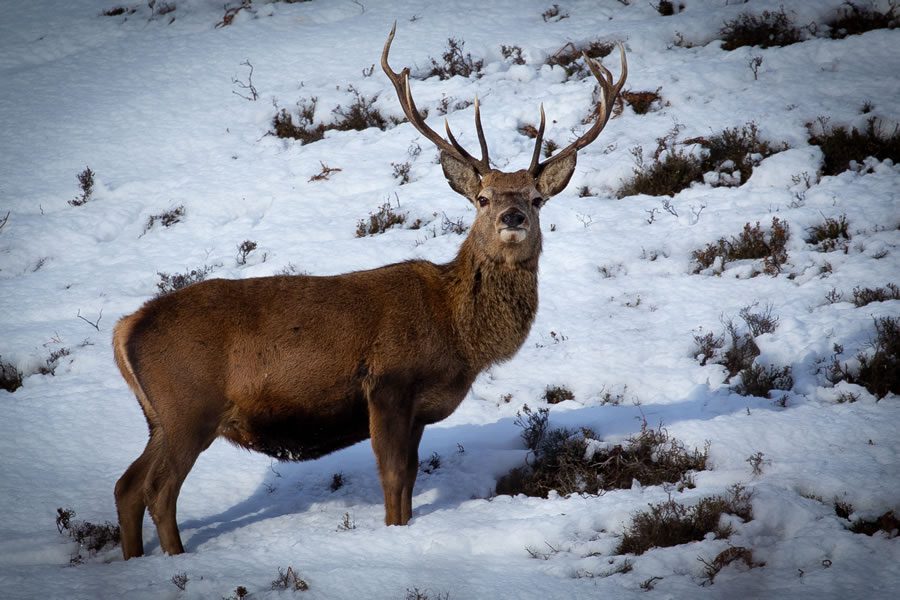
Perhaps the most celebrated of all Scottish mammals, the red deer is also the largest and one of the most populous. Stags and hinds live in separate herds for much of the year but come together rather vocally each Autumn in the breeding season, or rut. The glens come alive this time of year with the stags bellowing across at each other, a sound like no other! A stag may mate with up to twenty hinds in a given year. Calves are born in June.
When to see this species: Year Round
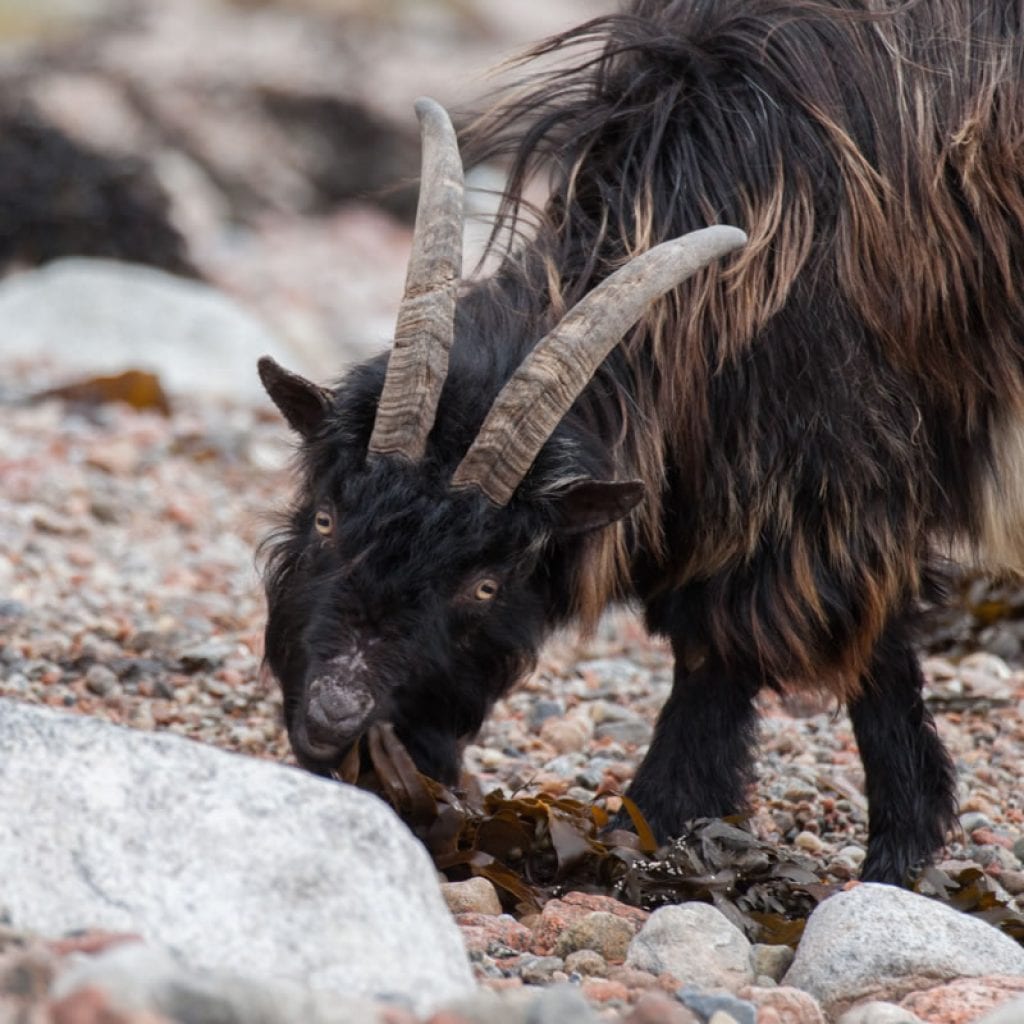
The feral goats are frequently spotted between Kingairloch and Kilmalieu, often on the cliff edges or eating seaweed on the shore. No two animals look the same, given the tremendous variety in coat colours and lengths. In some instances you may smell them before setting eyes on them! Mating takes place in late Autumn and kids are generally born into the chilly climes of January. Wild goats live together in herds, often in relatively large numbers.
When to see this species: Year Round

Spotting these shy creatures usually requires luck or patience, and definitely stillness and silence. Look out for signs (such as droppings, known as spraint, or webbed footprints in the sand) and keep a close eye on still water in the early morning or evening. Picture taken by Phill Boyd at Kingairloch.
When to see this species: Year Round
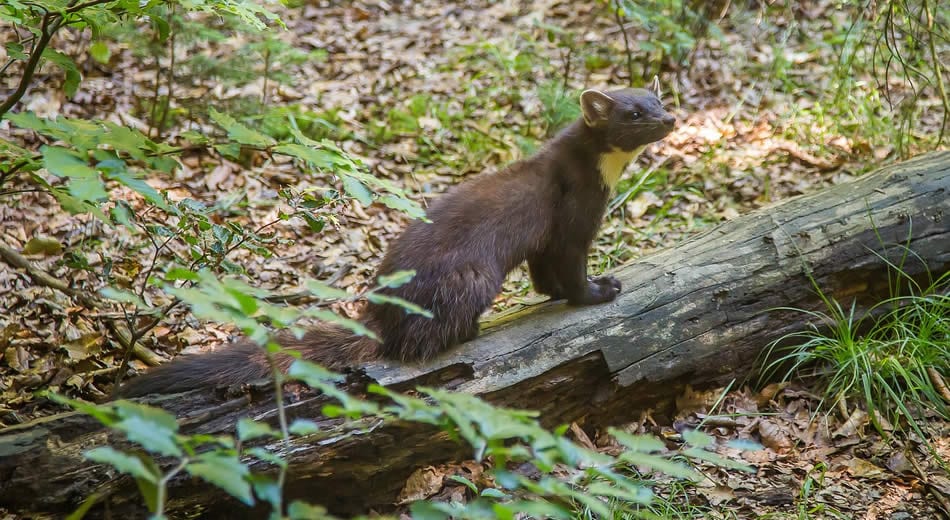
One of the hardest Scottish mammals to spot in the wild (primarily due to its nocturnal habits), this sleek woodland predator pops up around Kingairloch quite regularly.
When to see this species: Year Round

The seal can be best observed along the rugged coastlines and remote shores of this breathtaking region. Look out for seals during low tide when they often bask on exposed rocks or sandy beaches, taking advantage of the sun’s warmth. Keep a watchful eye while embarking on coastal walks, as these curious mammals may appear in the waters or poke their heads above the surface. Seals are known for their playful nature, so be prepared to witness them frolicking and diving gracefully in their aquatic habitat. Picture taken by Phill Boyd at Kingairloch.
When to see this species: During the low tide periods
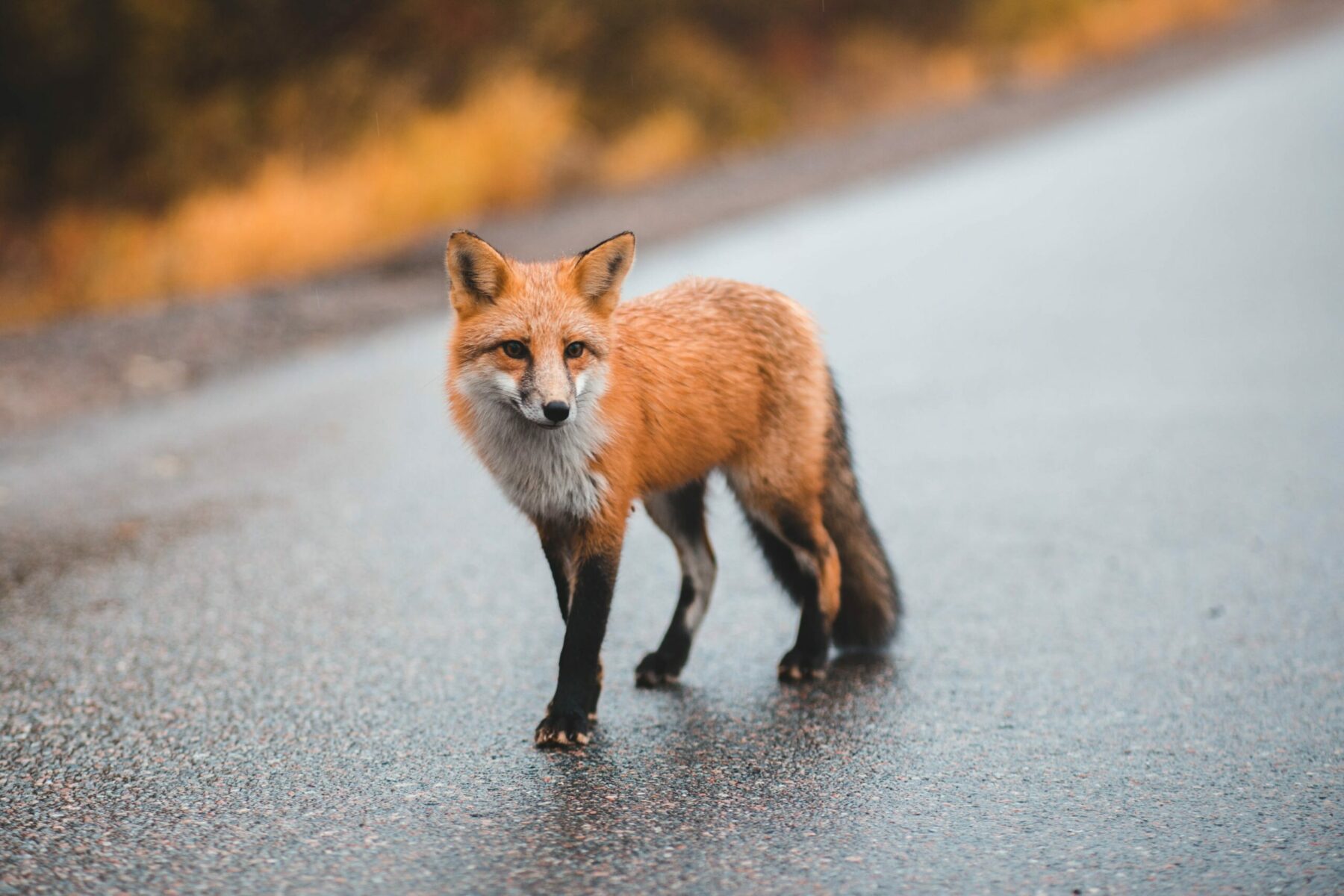
The fox, a captivating denizen of the Scottish highlands, epitomizes both beauty and elusiveness. To catch a glimpse of this elusive marvel, one must embark on a patient and observant journey. The golden hours of dawn and dusk offer the best opportunities, as the fox emerges from its secretive den to explore the landscape. Silence and stillness become paramount, as keen eyes scan the underbrush and open meadows for fleeting movements.
When to see this species: During dawn and dusk
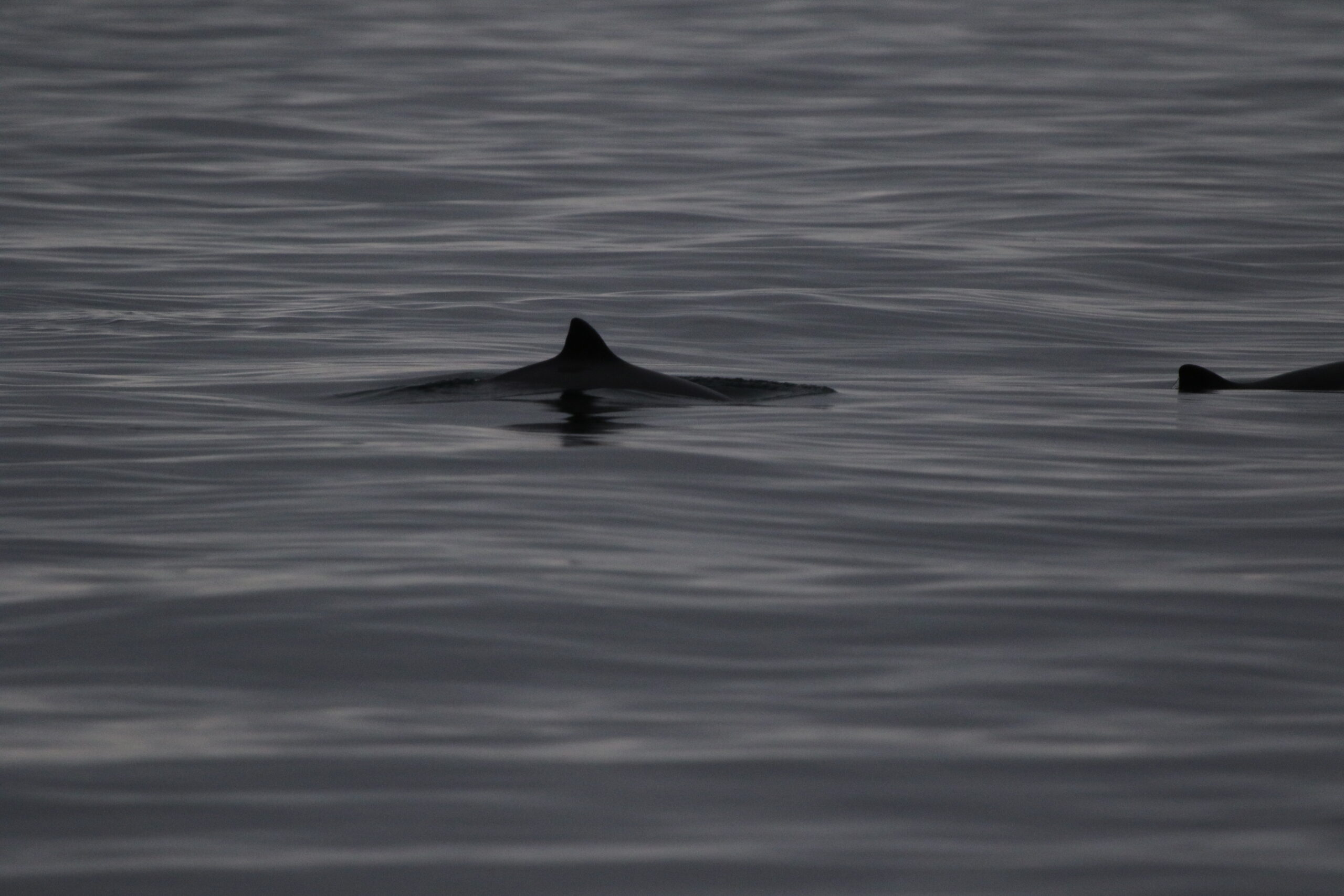
The porpoise, a captivating marine mammal of the Scottish highlands, can be encountered along the coastal waters of this stunning region. Keep watch as you explore the shoreline, as porpoises gracefully surface and glide through the waves. With patience and an appreciation for the wonders of the sea, you may be rewarded with the delightful sight of porpoises, adding to the rich tapestry of marine life in the Scottish highlands. This photo was provided by Coastal Connections, who offer private covered and comfortable boat charters exploring rugged coastline while viewing Scottish wildlife.
When to see this species: During calm and clear weather conditions
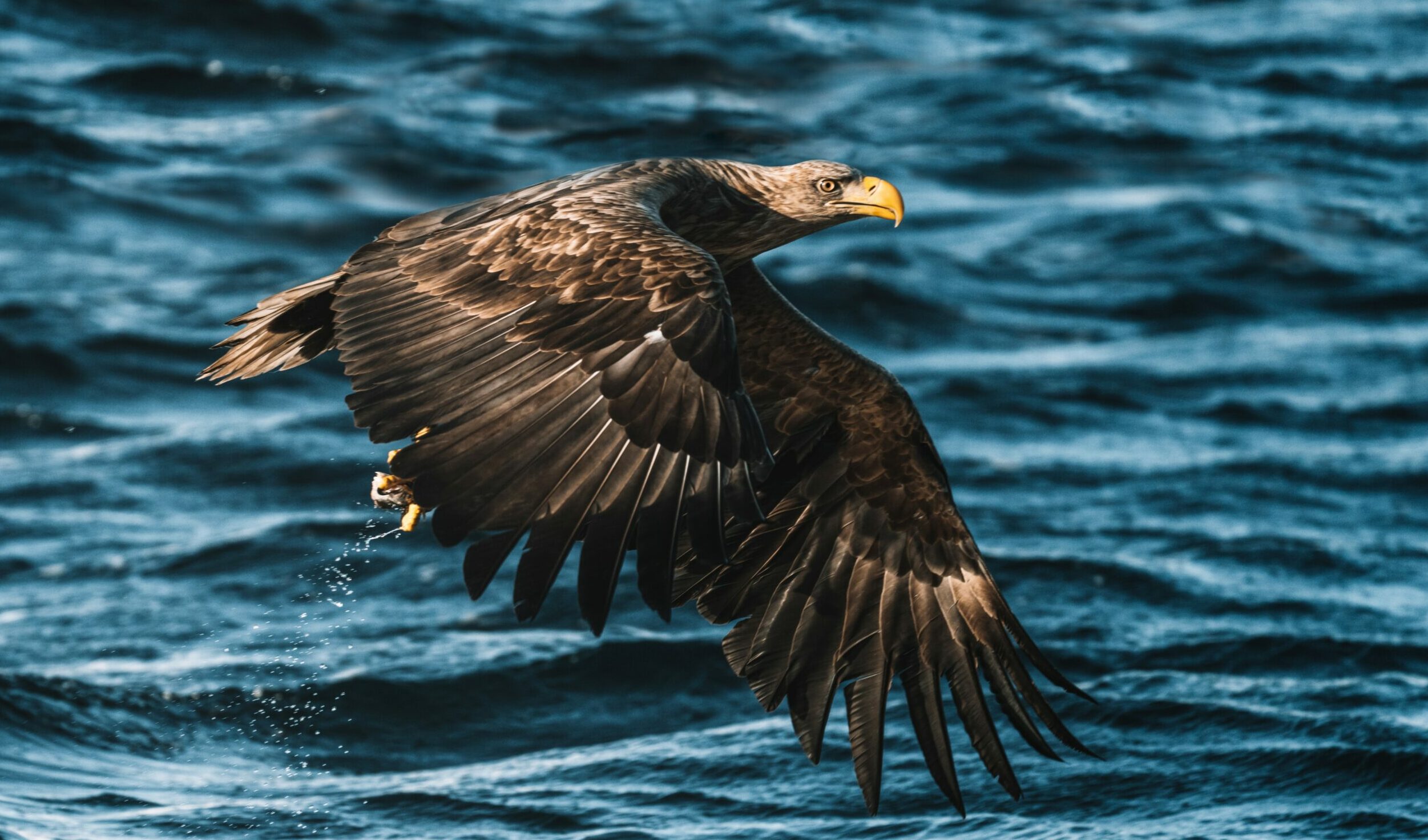
The sea eagle offers a thrilling spectacle for nature enthusiasts. With its impressive wingspan and distinctive white tail feathers, the sea eagle commands attention in the sky. Early mornings and late afternoons provide optimal viewing opportunities, as the sea eagle hunts for fish and navigates its vast domain. Embrace patience and a keen sense of observation, for it is within these moments that you may witness the awe-inspiring sight of the sea eagle in its natural habitat, symbolizing the untamed beauty of the Scottish highlands.
When to see this species: During the spring and summer months

The golden eagle is a huge bird of prey. With its long broad wings and long tail, it has a different outline to the smaller buzzard. It likes to soar and glide on air currents, holding its wings in a shallow ‘V’. Eagles have traditional territories and nesting places, they are often seen in Glengalmadale and Ghardail as there is plenty open areas for them to hunt.
When to see this species: Year Round
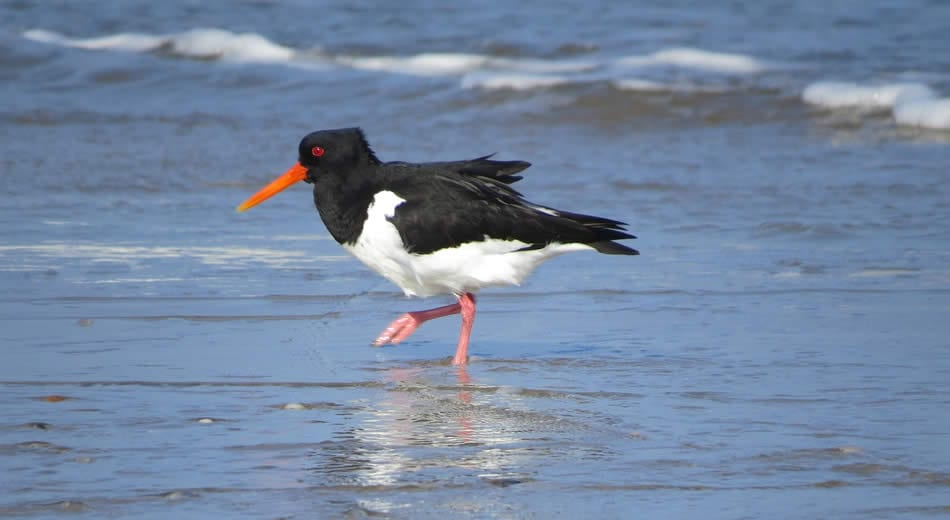
Seen regularly in front of our loch-fronted cottages is the oystercatcher, often hunting for cockles and mussels. This is a fairly large body bird that is characterized with it’s orange-red bill, reddish-pink legs and black and white feathers. In flight, it shows a wide white wing-stripe, a black tail, and a white rump that extends as a ‘V’ between the wings.
When to see this species: Year Round
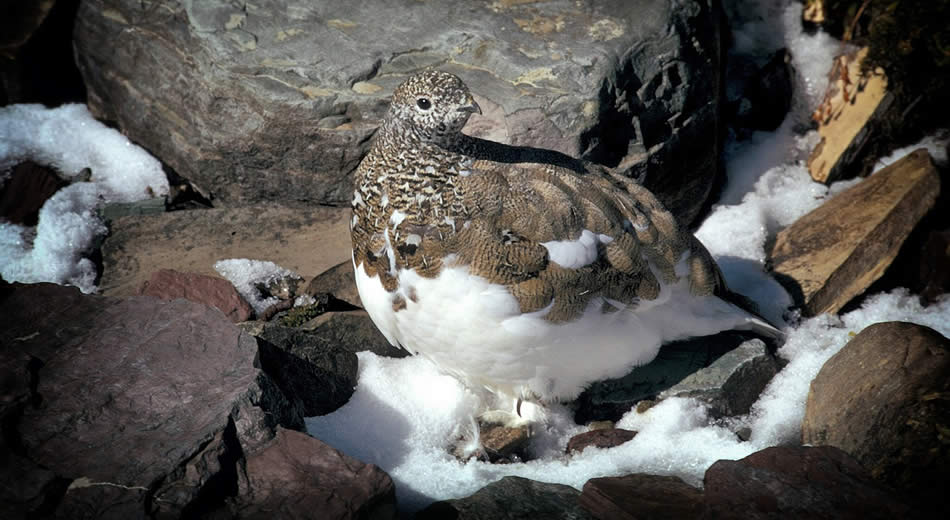
The ptarmigan is a plump gamebird, slightly larger than a grey partridge. In summer, it is a mixture of grey, brown and black above with a white belly and wings. In winter, it becomes totally white except for its tail and eye-patch, which remain black. Ptarmigans feed on shoots, leaves, leaf buds, berries and insects. To spot ptarmigan, is a very rare occurrence, however if you are out walking on our highest mountains you may well be lucky enough as they tend to reside in our Arctic-like landscapes.
When to see this species: Autumn, Winter
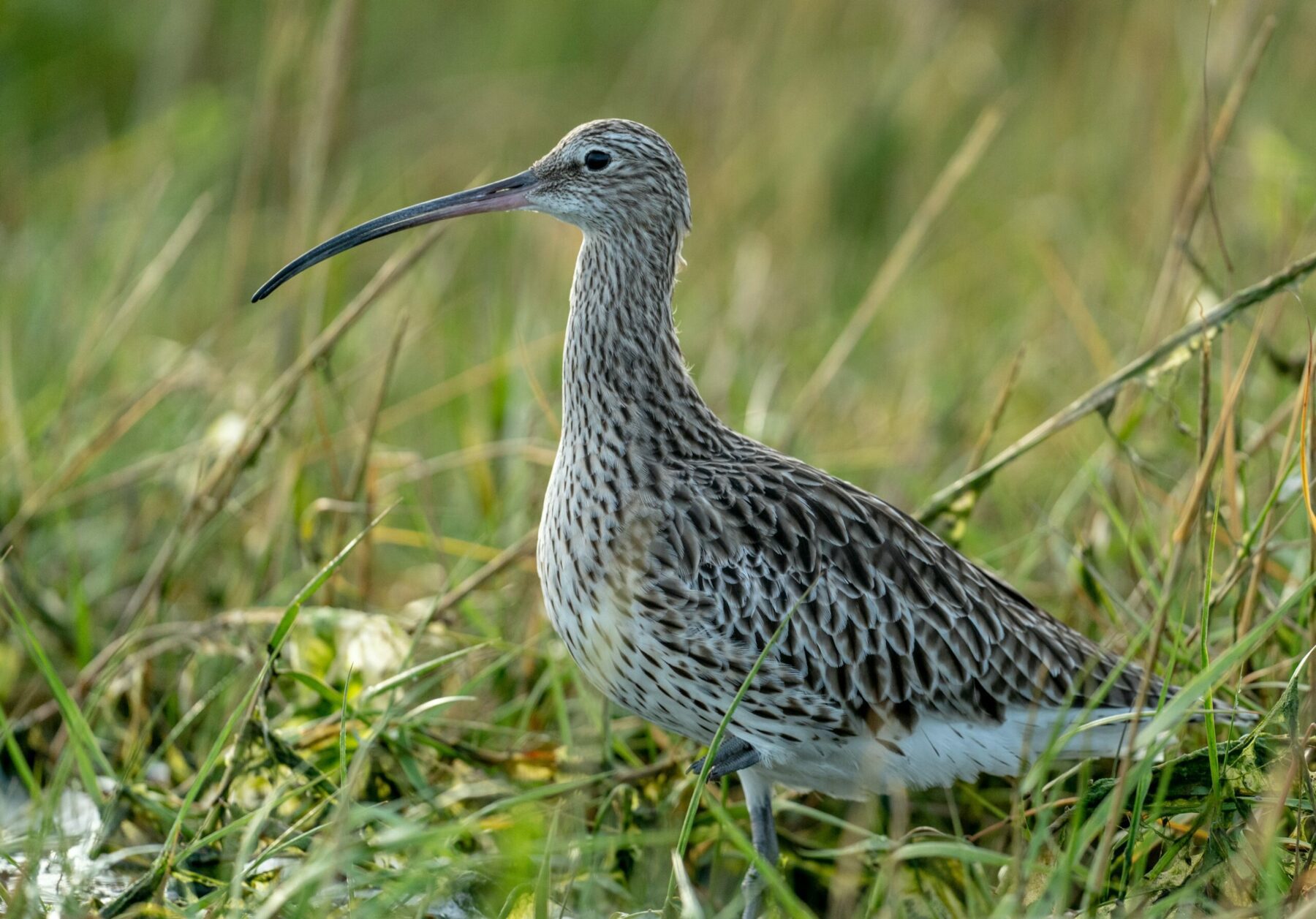
The curlew is known for its distinctive call that resonates across the Scottish highlands. These elegant birds can be observed year-round in the area, but the best time to spot them is during the spring and summer months. During this time, curlews engage in courtship displays, with males performing aerial acrobatics and calling loudly to attract mates. Patiently exploring the moorland and coastal areas during early morning or late afternoon hours increases the chances of catching a glimpse of these captivating birds as they probe the ground with their long, curved bills in search of insects and worms.
When to see this species: During spring and summer months
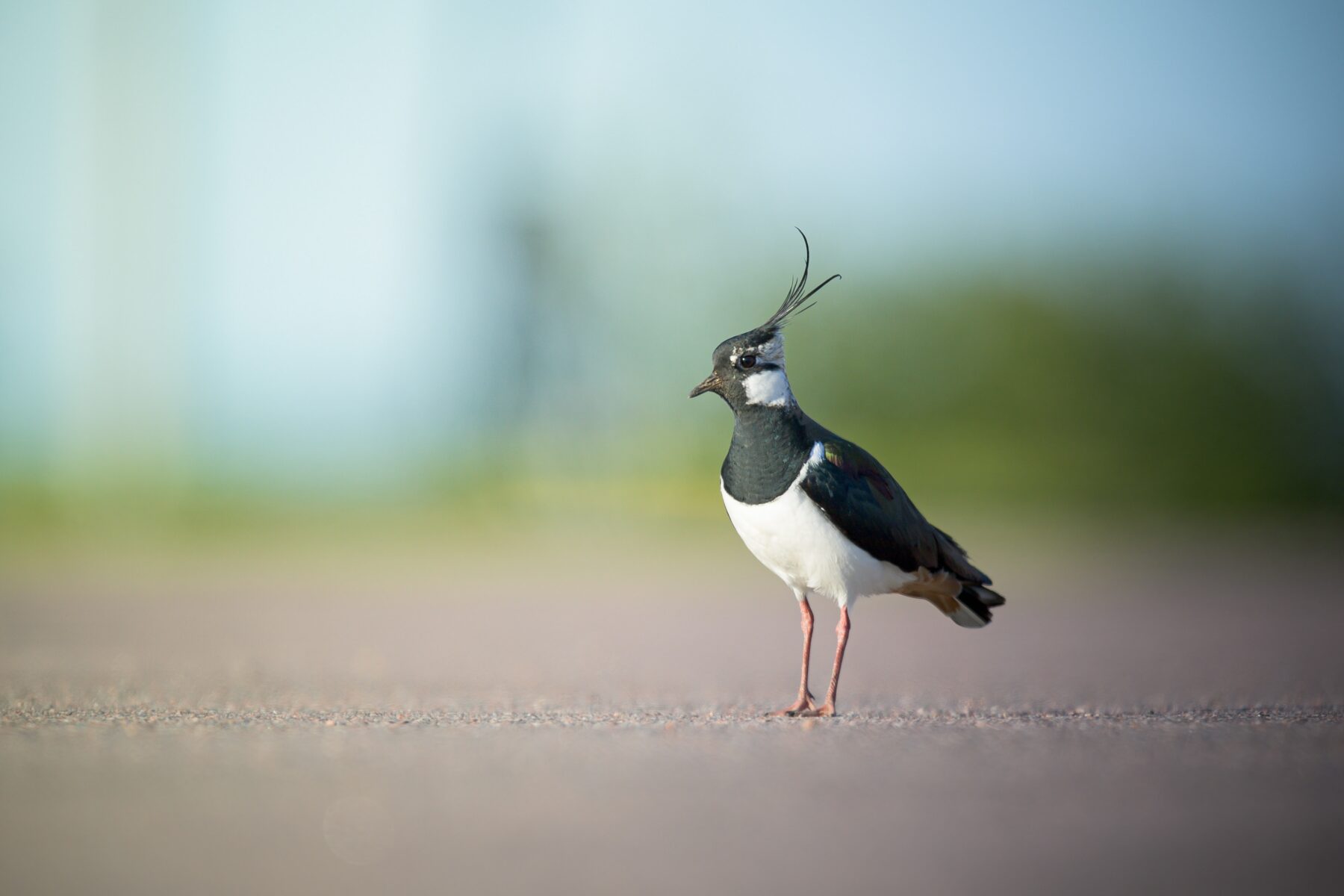
The lapwing, also known as the Northern lapwing or peewit, is a distinctive bird with its crested head, iridescent plumage, and acrobatic flight. During the mating season, lapwings perform their elaborate aerial displays, tumbling through the air while making their characteristic “peewit” calls. To increase your chances of seeing lapwings, explore the open grasslands and wetland areas during early morning or late afternoon hours, as they are more active during these times and can often be found nesting or foraging for insects and worms in the fields.
When to see this species: Year Round
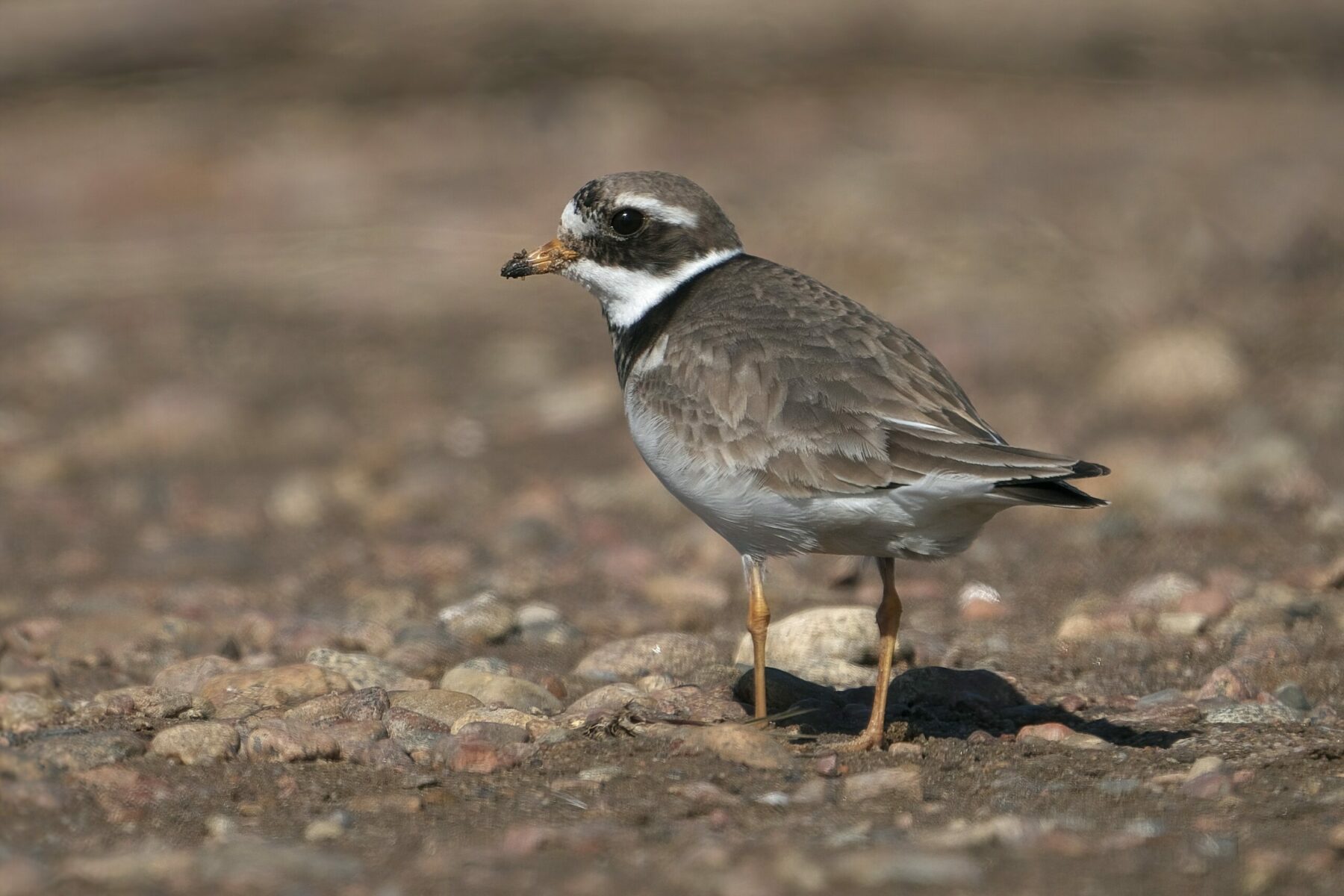
The ringed plover, a small and charming shorebird, can be observed year-round, but the best time to spot them is during the breeding season, which typically occurs from spring to summer. Ringed plovers prefer coastal habitats such as sandy beaches and mudflats, where they nest and forage for invertebrates. To increase your chances of seeing them, visit the shoreline during low tide when more of their foraging areas are exposed, and be observant for their distinctive “ringed” markings on their chests.
When to see this species: Year Round
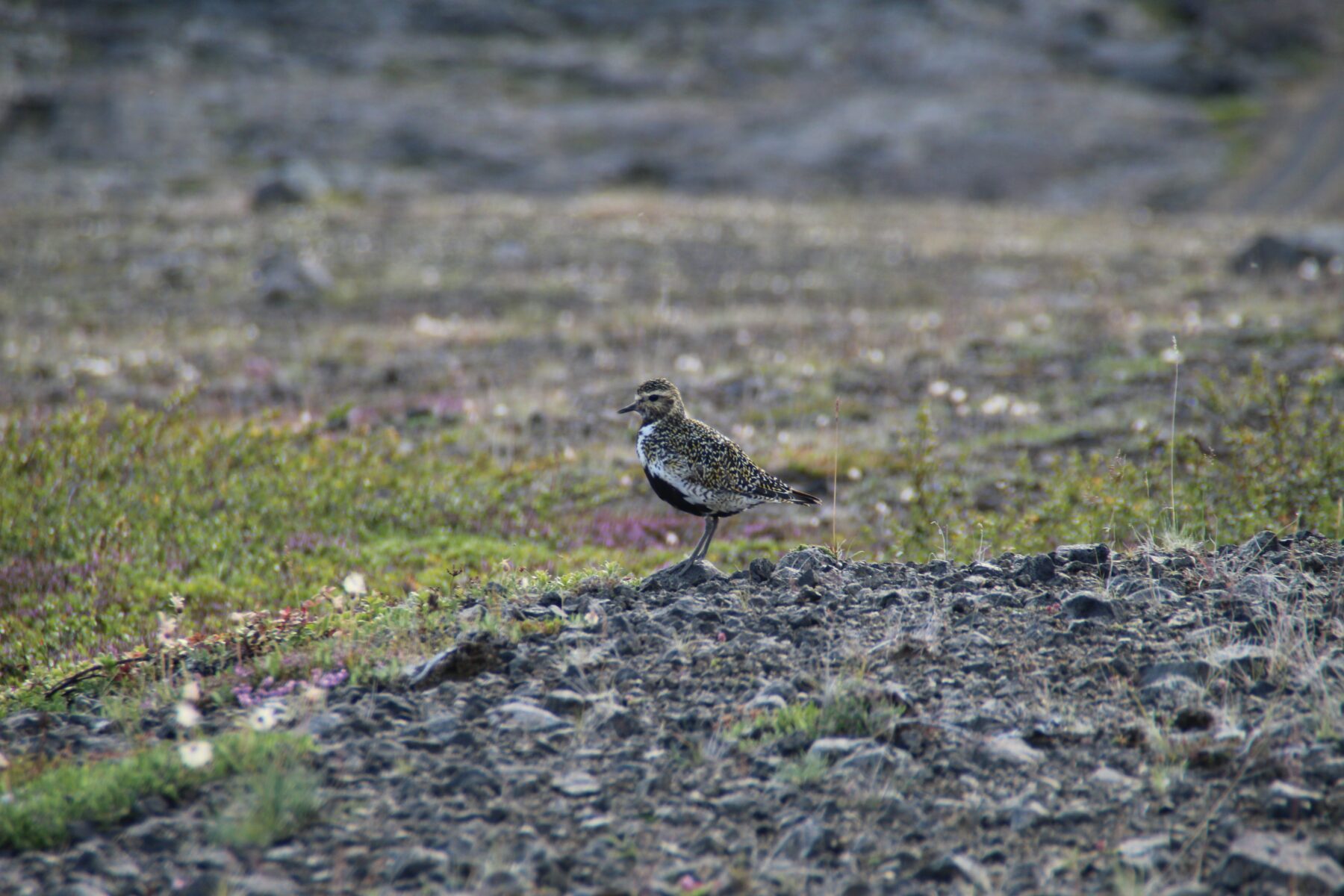
The golden plover, a stunning upland bird with its striking black and gold plumage, can be found year-round in the Scottish Highlands. However, the best time to see them is during the breeding season in spring and summer when their characteristic melodic calls fill the air. Golden plovers prefer open moorlands, heathlands, and high-altitude areas, where they nest on the ground and feed on insects and worms. Their golden plumage shimmers in the sunlight, adding a touch of magic to the rugged Highland landscape.
When to see this species: Year Round
Magical Place: Remote, enveloped in nature. The perfect highland retreat. The main estate is beautiful with beautiful cottages and a welcoming host.
The BEST place we have stayed in and we go to Scotland every year. We will be back for sure.
It is like a fairy tale place, a total dream.
Lots of walks from the doorstep in all directions. Close enough to shops and things to see. It is an amazing place.
– Guest of Ghardail Cottage, August 2021